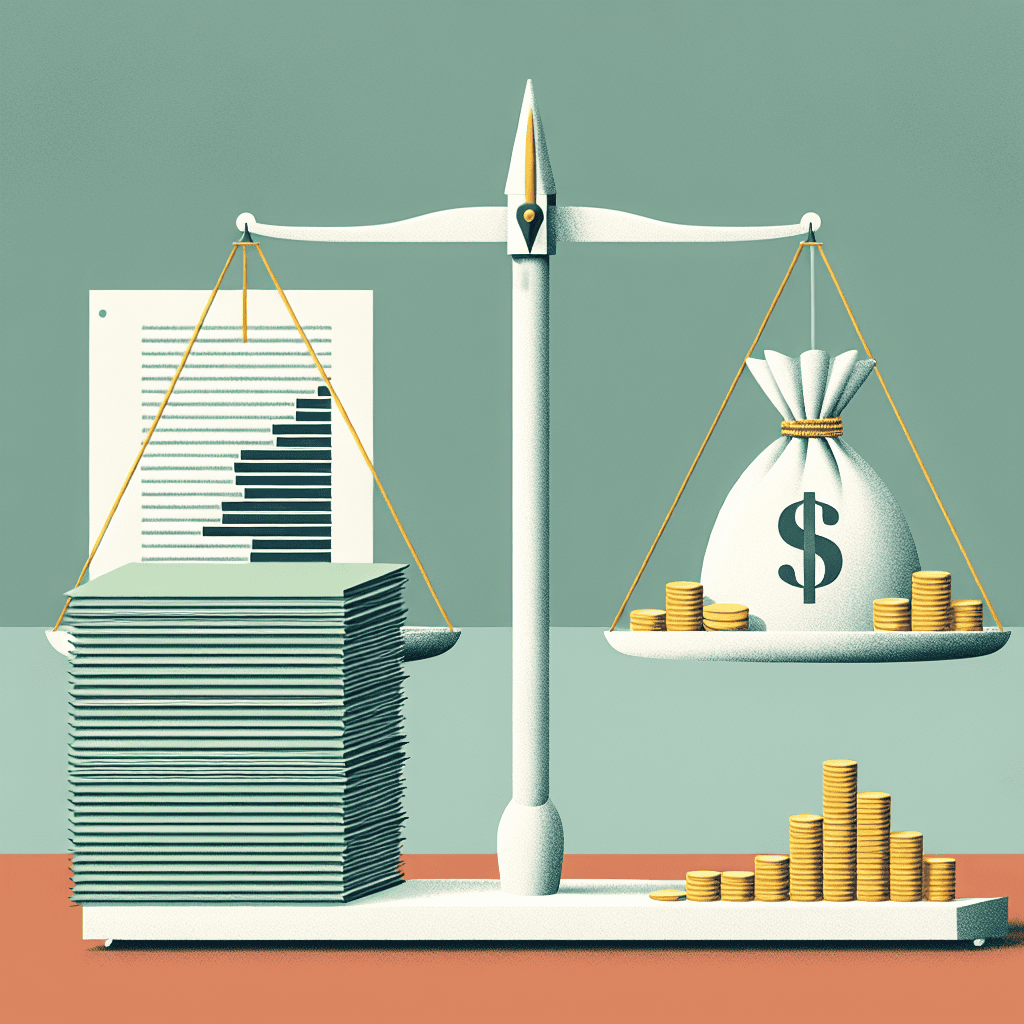Return On Investment in Self-Publishing: A Complete Assessment
Self-publishing has become an increasingly attractive option for authors looking to spread their work without traditional publishers, yet is self-publishing worth the investment? Here, we explore all of the factors contributing to its return on investment and determine its true cost-benefit ratio.
Understanding Costs Self-publishing incurs various expenses. These can include editing, formatting, cover design, marketing and distribution services – although some authors opt to handle these themselves in order to save money; others might hire professional editors and designers as needed to guarantee an ideal final product.
Editing
One of the key aspects of self-publishing is editing. A poorly edited book may turn readers off and damage an author’s reputation, so professional editing services typically range between several hundred dollars and several thousand depending on length and complexity of manuscript.
Formatting
Self-publishers face another key hurdle with formatting: an improperly formatted book may make the reading experience frustrating for readers. Authors have two options when it comes to formatting: they may format themselves or hire professional formatters at an extra fee.
Cover Design
A book’s cover design is often the first thing readers notice and professional services offering cover design can make all the difference for potential readers. Pricing ranges can range anywhere between several hundred to several thousand dollars for cover services.
Marketing Once published, marketing your book can be essential in reaching potential readers. Authors have many marketing options at their disposal including social media promotion, book reviews and advertising – costs may differ significantly based on an author’s budget and goals.
Distribution
Distribution is the final step to getting books into readers’ hands, with various options for distribution such as Amazon or self-publishing platforms such as Smashwords available to authors. Costs associated with distribution will depend upon which platform is selected.
Calculating Return
Now that we understand all of the costs involved with self-publishing, how can we calculate our return? Calculating it may prove challenging as its exact figure often depends on factors like an author’s goals, genre of book published and ability to market their work effectively.
Self-published authors typically receive higher royalties compared to traditionally published authors; however, this figure varies considerably based on platform and pricing strategy chosen.
Authors looking to calculate their return on investment can track sales over time and compare them against publishing and marketing costs, along with intangible benefits like building an author platform and garnering loyal readers.
Factors to Keep in Mind
Authors who are considering self-publishing should take several factors into consideration to assess if self-publishing will be worth their while and investment, including these considerations:
Attitude, Goals and Expectations in Self Publishing for Authors.
The Goals, Expectations and Costs Involved with Publishing Your Book on your own can range anywhere between: The Return On Investment is possible but also considered is Time/Effort needed in Marketing Your Book Effectively.
Authors should conduct extensive research and comparison on various self-publishing platforms and services available, in order to find one which fits both their needs and budget best.
Overall, self-publishing’s return on investment depends on a range of factors. While self-publishing can be an inexpensive means of spreading their work around, authors should carefully weigh up costs and benefits before taking this leap. With proper planning and strategy in place, self-publishing can prove rewarding and profitable venture for authors who wish to take control of their writing careers.
